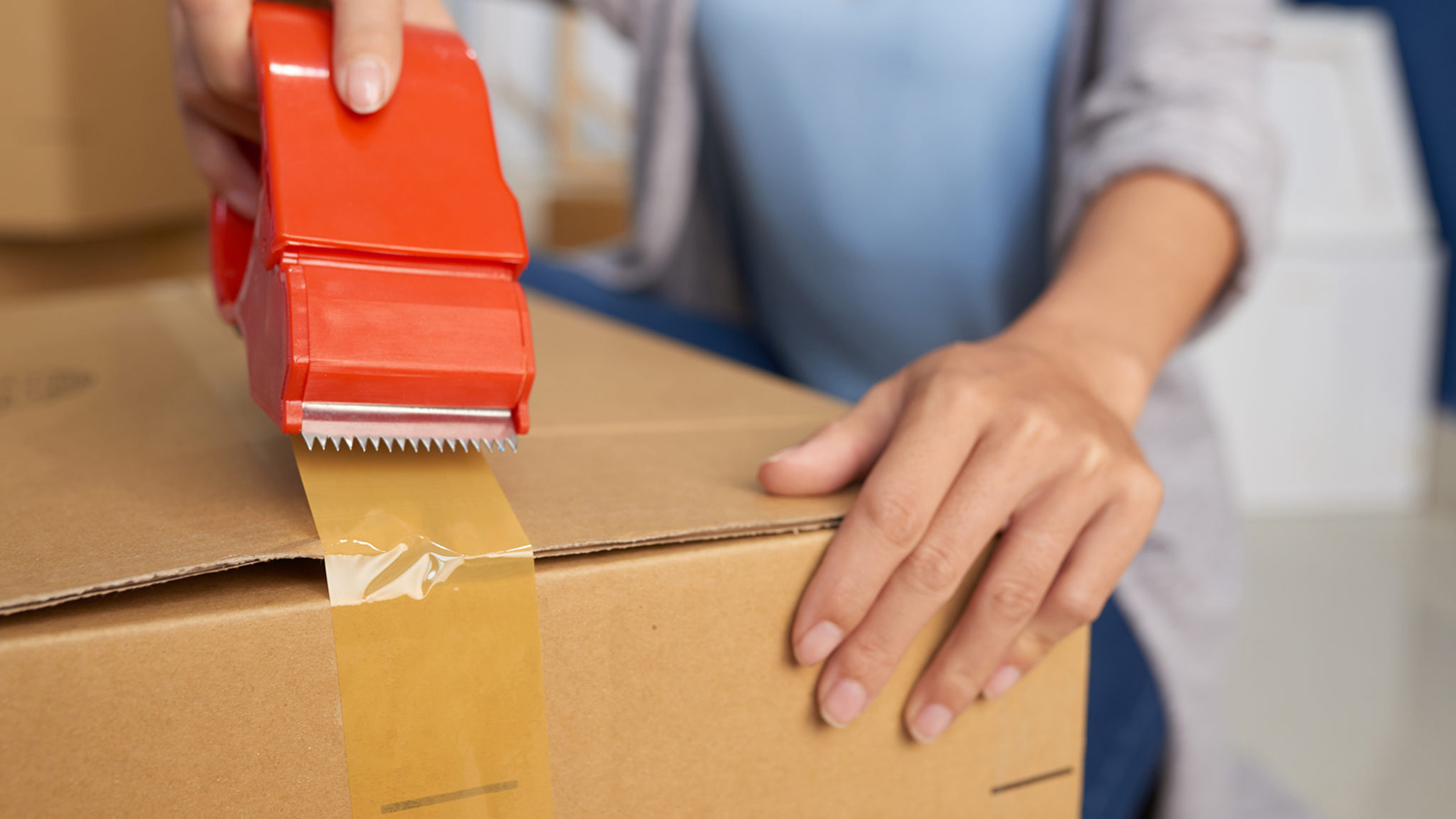Long-distance relocation can be a daunting and stressful experience. Still, with the right planning and execution, it doesn’t have to be. Did you know 9.8 percent of Americans move annually? And about 3 million people move interstate every year in the US. One study found that Kentucky’s total inbound percentage was 52.4%, and its total outbound percentage was 47.6% in 2020. The survey reveals that career possibilities, retirement, family, and lifestyle were the top drivers of migration to the state.
To help make your move as smooth as possible, we’ve compiled eight Moving Long Distance Tips for a successful long-distance relocation. Let’s dive in!
Contents
Selecting the Ideal Long-Distance Movers

A successful long-distance move relies heavily on partnering with a dependable moving company. With Louisville being the largest city in Kentucky, it’s no surprise that numerous relocations occur within and from the city. According to a study, Louisville saw a net inflow gain of 113% between Q3 of 2020 and Q3 of 2019. Finding reliable and efficient long-distance movers is important if you are moving to or from Louisville. The city has a thriving market of moving companies ready to assist you. To narrow your options, seek local recommendations and check online reviews.
Once you have a shortlist, verify the licenses and insurance coverage of potential Louisville long distance moving companies to safeguard your belongings during transit. Request quotes from multiple companies and compare their services, price, and customer satisfaction. It’s essential to ask about any additional charges or fees that may apply, such as extra stops, packing materials, or special handling for fragile items.
Organizing Your Move Ahead of Time
Initiating your moving preparations ahead of time is crucial for a stress-free experience. Ideally, start organizing at least two months in advance to optimize your time, reduce costs, and minimize potential obstacles. By doing so, you can effectively manage the entire process and focus on the following key tasks:
- Establish a specific moving date
- Develop a detailed, step-by-step checklist
- Research and compare moving services
- Allocate a budget for moving expenses
Here are some important tips to consider during the planning stage:
- Break down tasks into weekly goals
- Schedule appointments with moving companies for estimates
- Begin collecting packing materials early on
- Inform family and friends about your move for potential assistance
Smart Packing for a Smooth Move

A well-thought-out packing strategy is essential for protecting your belongings during a long-distance move. To ensure your items arrive in the best condition, follow a systematic approach to packing. Begin with things you seldom use, such as seasonal clothing or decorations, and gradually progress towards daily essentials as the moving day nears.
Selecting durable boxes and cushioning materials, like bubble wrap and packing paper, is crucial for safeguarding delicate items. Remember to fill empty spaces in the boxes when packing fragile objects to prevent shifting during transit. As you pack each box, label it with a clear description of its contents and the room it belongs to in your new home. This practice will save you time and effort during unpacking and reduce the stress of searching for specific items after the move.
Streamlining Your Belongings
Reducing clutter before embarking on a long-distance move minimizes moving expenses. It helps create an organized and efficient new living space. To effectively downsize your possessions, follow these practical steps:
- Sort through your belongings, separating them into categories such as “keep,” “donate,” “sell,” and “discard.”
- Consider each item’s practicality and sentimental value when deciding what to keep.
- Organize a garage sale or use online platforms to sell items in good condition.
- Donate gently used items to local charities, shelters, or thrift stores.
- Recycle or responsibly dispose of items that are broken or no longer usable.
Managing Utilities and Address Updates
To ensure a seamless transition, reach out to your current utility providers a few weeks before your moving date to schedule service disconnections. Simultaneously, arrange for utilities at your new home to be connected before your arrival.
Equally important is updating your mailing address with various organizations and service providers. Additionally, inform financial institutions, insurance companies, healthcare providers, and any subscriptions or memberships you hold about your updated address.
Safeguarding Vital Documents During Your Move

When relocating, protecting your essential documents from loss or damage is imperative. Items like passports, birth certificates, insurance policies, and financial records should be stored carefully. To preserve these important documents, consider placing them in a secure folder, binder, or fireproof box designed for sensitive materials.
Instead of packing this folder or box with other belongings, carry it with you during the move. This approach ensures immediate access to vital records and minimizes the risk of loss or damage.
Assembling a Moving Day Essentials Kit
It’s wise to prepare a moving day essentials kit that contains everything you’ll need during the initial days of your relocation. This kit, typically packed in a box or suitcase, should include necessities like toiletries, a change of clothes, important documents, and any required medications.
A well-stocked survival kit ensures quick access to essential items without sifting through numerous boxes, especially after a tiring moving day. This strategy helps you settle into your new home more comfortably. It allows you to focus on other tasks like unpacking and organizing.
Easing into Your New Home and Neighborhood
Once you’ve arrived at your new home, taking the necessary steps to make the space feel comfortable and familiar is important. Start by unpacking essential items like kitchenware, bedding, and toiletries so that you can easily attend to your daily needs. As you gradually unpack non-essential belongings, focus on creating a cozy and inviting atmosphere in your new living space.
In addition to settling indoors, take the time to familiarize yourself with your new neighborhood. Go for walks, meet neighbors, and discover local amenities like parks, grocery stores, and community centers. Embrace settling in with patience and curiosity, allowing yourself to take breaks and explore your new surroundings.
Conclusion
A smooth long-distance relocation requires careful planning and organization. You can ensure a stress-free move by choosing a reliable moving company, decluttering, and packing strategically. Remember to create a moving inventory, update your address, and safeguard important documents. Lastly, pack a survival kit for the first few days and take the time to settle into your new home and neighborhood. With these tips, you’ll be on your way to a successful relocation and an exciting new chapter in your life.





